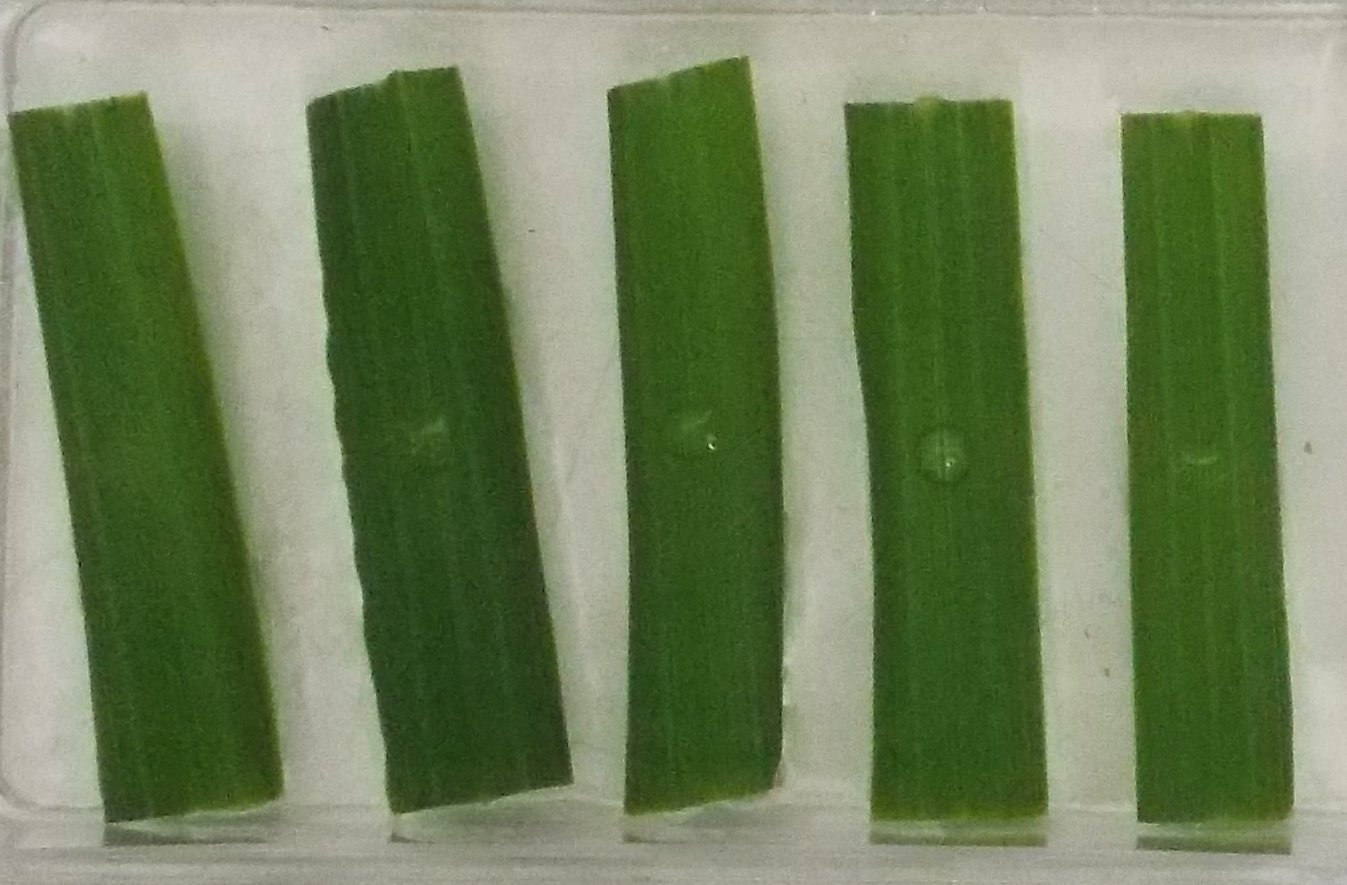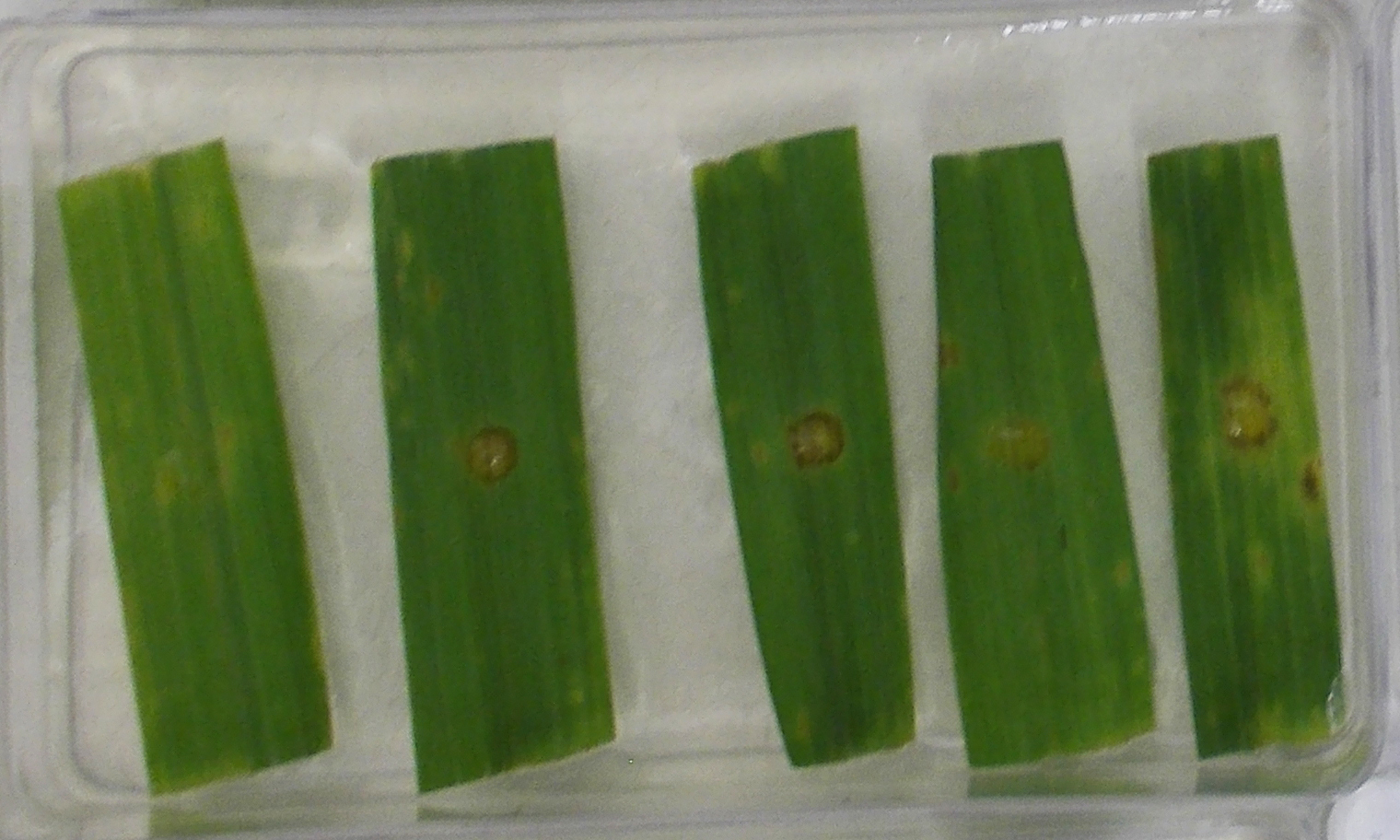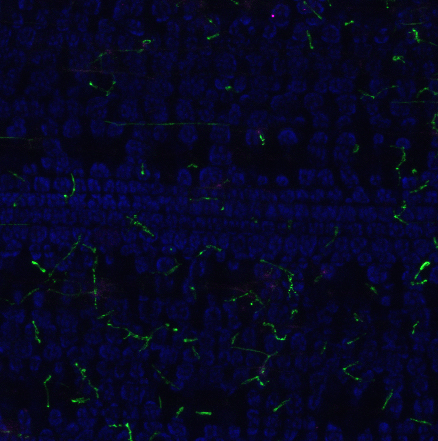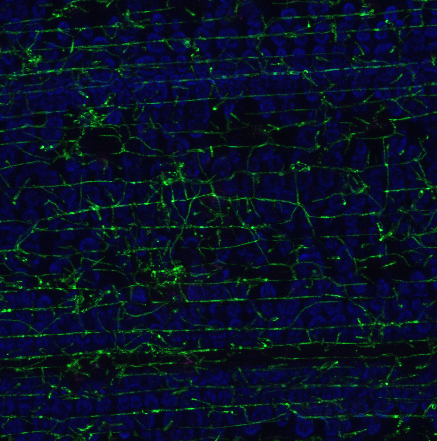DRRUM - Breeding for Durable Resistance to RhynchosporiUM
Funded by:

Project 102278
Rhynchosporium is by far the most damaging and costly disease of barley in the UK. For growers, it can cause yield loss of up to 30-40% and for end users, a decrease in grain quality. The cost of rhynchosporium to the UK economy is almost £11 million per annum, despite the use of fungicides.
Taking fungicide costs into account, coupled with the evolution of fungicide insensitivity, chemical control is an expensive requirement for growers. Current control strategies for rhynchosporium rely heavily on the use of fungicides and as it has a long asymptomatic phase, epidemics may be well developed prior to visible symptoms, making a definite diagnosis difficult and the decision to apply the necessary fungicide treatment tough.
DRRUM, an Innovate UK project between James Hutton Institute and KWS, managed by James Hutton Limited, ended in March 2019. Researchers from the James Hutton Institute showed that one of the parents used to develop KWS bred populations, cultivar Retriever, has a major rhynchosporium resistance gene, as well as horizontal resistance, which slows down the rate at which disease symptoms develop.
Identification of the genes that promote rhynchosporium resistance is ongoing but once detected, the introduction of this resistance into new barley varieties and the process of distinguishing resistant varieties during the breeding process, will become much more efficient. New, rhynchosporium resistant varieties will provide breeders and ultimately, growers, with the most cost effective and environmentally friendly way to control this pathogen.
BELOW: On the left, a resistant cultivar and on the right, a susceptible cultivar, both 8 dpi. The development of first symptoms can be seen on the susceptible cultivar.


BELOW: Fungus Rhynchosporium commune (in green) within the barley leaf, viewed using confocal microscopy, 3dpi. On the left, a resistant cultivar and on the right, a susceptible cultivar, both 3 dpi.



